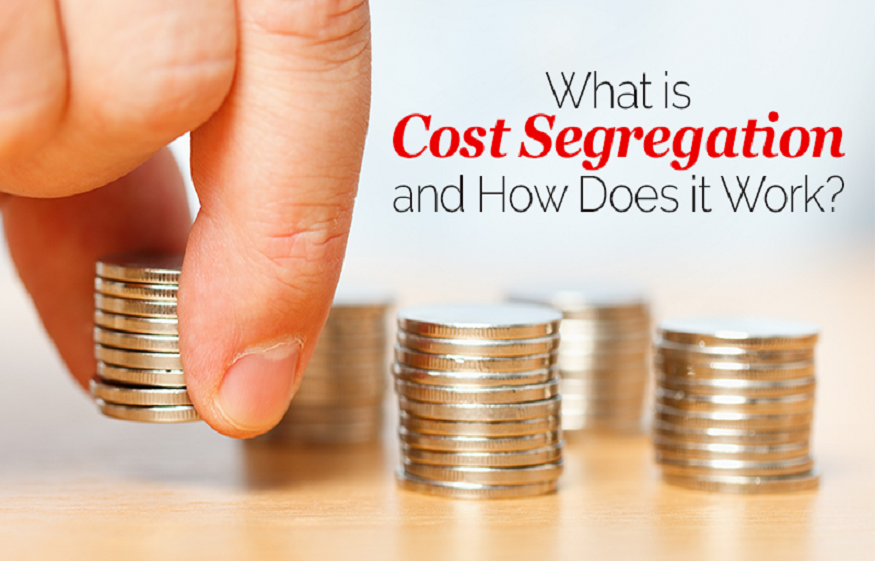In this article, we will be talking about Cost Segregation, What it is, how it works, when does it make sense to use this strategy, and how the IRS views it.
What is Cost Segregation?
Cost Segregation is a common tax strategy planning tool that allows companies and individuals who have recently purchased, remodeled, or built a real estate property that produces income.
How does it work?
When you purchase income-producing real estate, you typically write off the depreciation of that building over 27.5 – 39 years with a standard straight-line schedule. With cost segregation, you take each component of the building and categorize them into their most efficient tax categories as each category has a different depreciation timeline. Doing this leads to faster depreciation, resulting in you getting more deductions during tax filing and more cash upfront. A few examples of individual components are ( but not limited to ): flooring, landscaping, cabinets, plumbing, and electrical wiring. Another benefit of using Cost Segregation is maximizing future write-offs. When individual components need to be replaced like HVAC units, furnaces, or windows, The report provides details on how to write those off.
When Can I Use This Strategy?
This tax strategy tool can be used when an individual or company has constructed, purchased, remodeled, or expanded any real estate type totaling more than $750,000.00. While it is recommended to do this within the 1st year of acquiring the property, the IRS allows you to do a cost segregation report any time after the purchase.
How Can I Start Using This Strategy?
To get a report, you will need to hire a qualified engineer. They then will inspect the property and estimate the value of each component of the building separately. Once that is complete, they will assess the components and place them into the proper tax classification. Once this is complete, your tax expert will get the report to use and file your taxes, maximizing all deductions along the way.
In summary:
Cost Segregation is a common tax strategy that can be used anytime after you have purchased, remodeled, expanded or constructed, an income-producing real estate property. You will benefit most when the report is generated within the first year of acquiring the new property. However, the IRS does not put a time limit on when this can be completed. The report has to be done by a licensed engineer, and your tax expert then uses this document to maximize deductions come tax time.
Engineered Tax Service provides cost segregation studies for building owners and real estate investors. They can help you to maximize 45L energy efficient tax credits on eligible properties.




